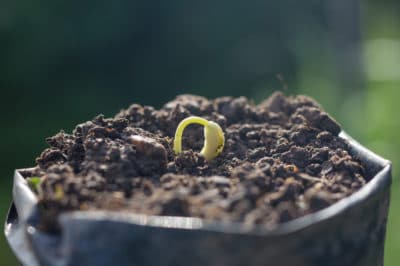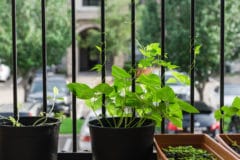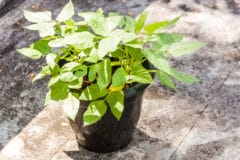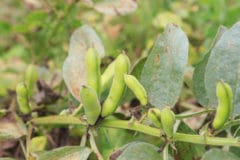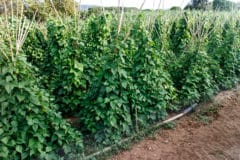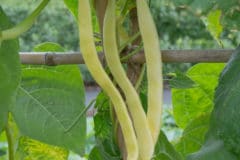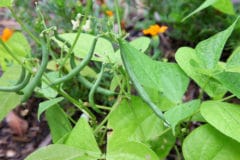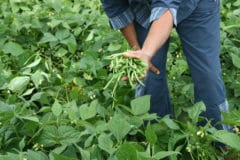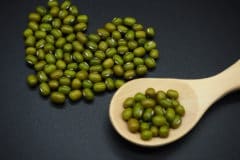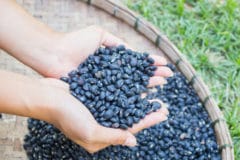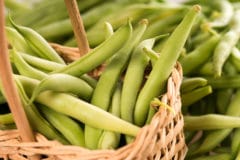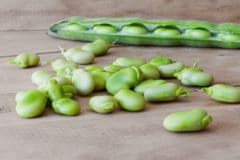What is a Grow Bag?
Grow bags are pretty much what they sound like. The bags are made from polypropylene fabric much like landscape fabric. They are sewn into circles or squares and most have handles added. The bags are filled with soil and used as you would any kind of a plant container. At the end of the year or if you move, dump out the soil and fold the bag for storage.
Grow Bags for Container Gardening
In essence, a grow bag is just another kind of container in which to plant plants. They also go by the names fabric pot and root pouch. Grow bags vary in size from one gallon on up to bags big enough for a small tree. Many are re-purposed from some other function such as bulk grain or seed storage.
Soil for Grow Bags
You can use the same soil for a grow bag that you would use for any container. Regular potting soil works well, as does a half-and-half mix of potting and garden soil. Another good mix is 1/3 peat moss, 1/3 compost mix that includes a nitrogen source like aged manure or mushroom compost, and 1/3 vermiculite. You can reuse the mix by adding up to 20 percent new compost each year.
Beans in a Bag
You can plant beans in a bag with a minimum depth of 12 inches, just as you would any container. Plan on nine plants per square inch. Space bush or pole beans four inches apart. Pole beans will need support, like a trellis or teepee. Place the bags in full sun and keep well-watered but not dripping. Too much water encourages disease.
Bean Varieties
Any bush or pole bean can be grown in a grow bag. These are available from multiple sources:
- Sieva/Carolina Pole Lima Bean.
- Blue Lake bush or pole bean.
- Kentucky Wonder bush or pole bean.
- Fortex pole bean.
- Contender bush bean.
- Provider bush bean.
Grow Bag Advantages
Grow bags are generally less expensive than pots of comparable size – particularly clay or decorative pots. Their greatest advantage, however, is that they are made of breathable fabric, which means they drain very well. They also allow for better soil aeration. In traditional pots, plants become root-bound because the only air is at the top. In grow bags, the improved aeration stimulates new root growth.
